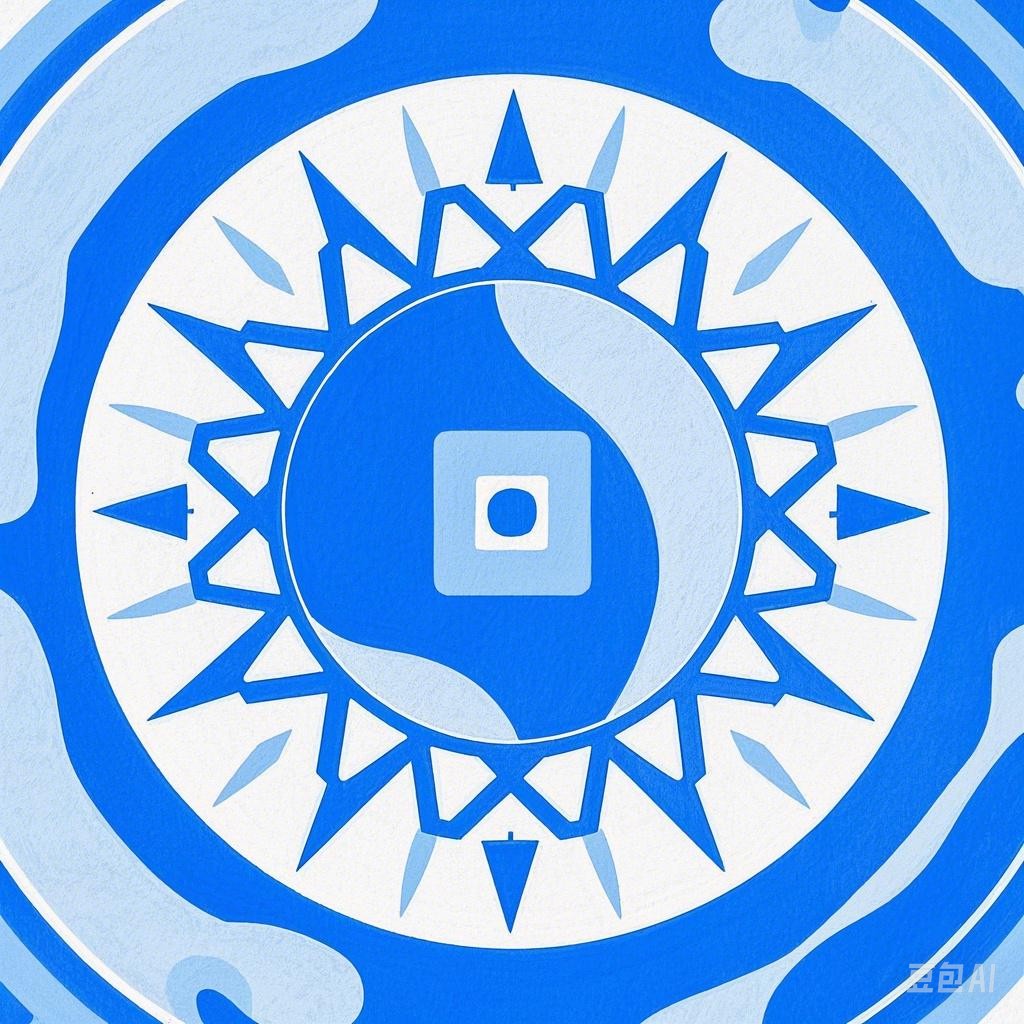India, a country known for its rich cultural heritage and diverse traditions, is a land where festive celebrations are an integral part of life. Each region and community has its unique way of marking these occasions, often characterized by vibrant colors, lively music, and delectable food. This article aims to provide a comprehensive overview of India’s festive celebrations, exploring the historical significance, cultural practices, and the emotions that these events evoke.
Historical Significance
Ancient Roots
The festive celebrations in India have their roots in ancient traditions and religious beliefs. Many of these festivals are based on the Hindu calendar and are influenced by the Vedic and Puranic texts. For instance, Diwali, the festival of lights, is believed to mark the return of Lord Rama to Ayodhya after defeating the demon king Ravana, as narrated in the epic Ramayana.
Religious Influence
Religion plays a significant role in shaping India’s festive celebrations. Festivals like Holi, which is dedicated to the Hindu god Krishna, and Eid-ul-Fitr, which marks the end of Ramadan for Muslims, are celebrated with great enthusiasm across the country. Each religion brings its own set of rituals and customs, contributing to the country’s vibrant cultural tapestry.
Popular Festivals
Diwali
Diwali, also known as Deepavali, is one of the most popular festivals in India. It is celebrated with the lighting of lamps and candles, symbolizing the victory of light over darkness and good over evil. People clean their homes, decorate them with colorful rangoli (artistic designs made on the floor), and exchange sweets and gifts.
Rituals
- Diyas: Lighting lamps and candles in and around the house.
- Rangoli: Creating intricate designs on the floor using colored rice, dry flour, and colored sand.
- Puja: Offering prayers to deities, typically Goddess Lakshmi, the goddess of wealth and prosperity.
Holi
Holi, the festival of colors, is celebrated with great fervor, especially in North India. It marks the arrival of spring and is associated with the playful pranks of Lord Krishna. People apply colored powder and water on each other, dance to traditional music, and enjoy mouthwatering sweets and snacks.
Rituals
- Color Play: Applying colored powder and water on each other.
- Dance: Participating in traditional Holi dances.
- Festive Food: Enjoying Holi-specific sweets and snacks, such as gujiya, mathri, and thandai.
Eid-ul-Fitr
Eid-ul-Fitr is the most important festival for Muslims in India. It marks the end of Ramadan, the holy month of fasting. Muslims gather in mosques for communal prayers, distribute charity, and celebrate with family and friends.
Rituals
- Fasting: Muslims fast from dawn until sunset during the month of Ramadan.
- Prayer: Offering special prayers in the mosque.
- Eid Greetings: Exchanging greetings and gifts with family and friends.
Regional Festivals
Ganesh Chaturthi
Ganesh Chaturthi is a festival dedicated to the elephant-headed god Ganesh, celebrated primarily in Maharashtra. It involves the construction of elaborate Ganesh statues, which are later immersed in water, symbolizing the god’s journey back to his abode.
Navratri
Navratri, a nine-day festival dedicated to the goddess Durga, is celebrated with great enthusiasm across India. Each day is dedicated to a different avatar of the goddess, and people perform special rituals, dance to the devotional music of Garba, and offer prayers.
Onam
Onam is a harvest festival celebrated in the state of Kerala. It is marked by the grand Onam Sadhya, a traditional feast, and the reenactment of the legend of King Mahabali.
Conclusion
India’s festive celebrations are a testament to the country’s rich cultural heritage and diverse traditions. Each festival has its unique charm, history, and rituals, contributing to the vibrant tapestry of Indian culture. Whether it’s the colorful Diwali, the playful Holi, or the solemn Eid-ul-Fitr, these festivals bring people together, fostering a sense of unity and celebration.
